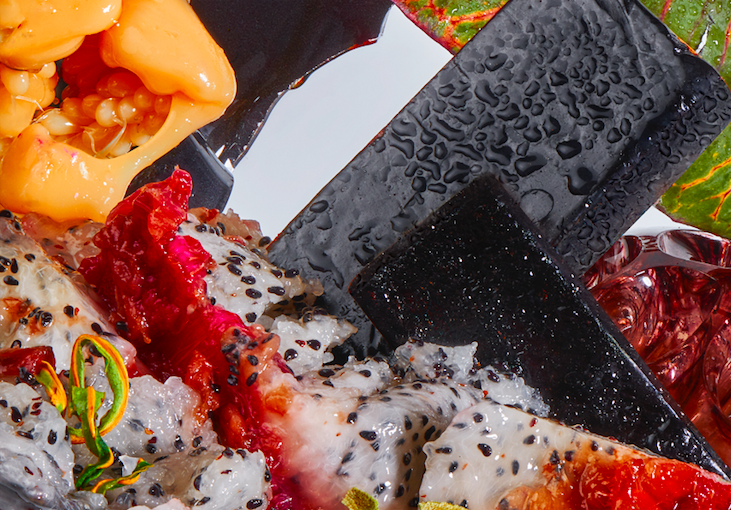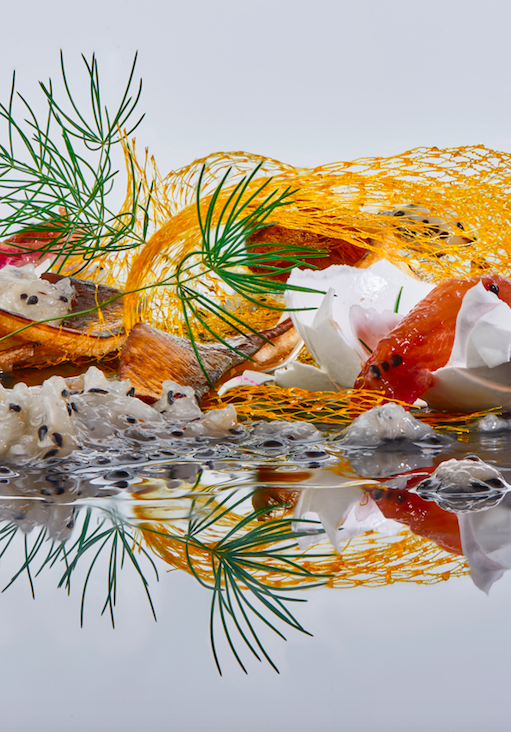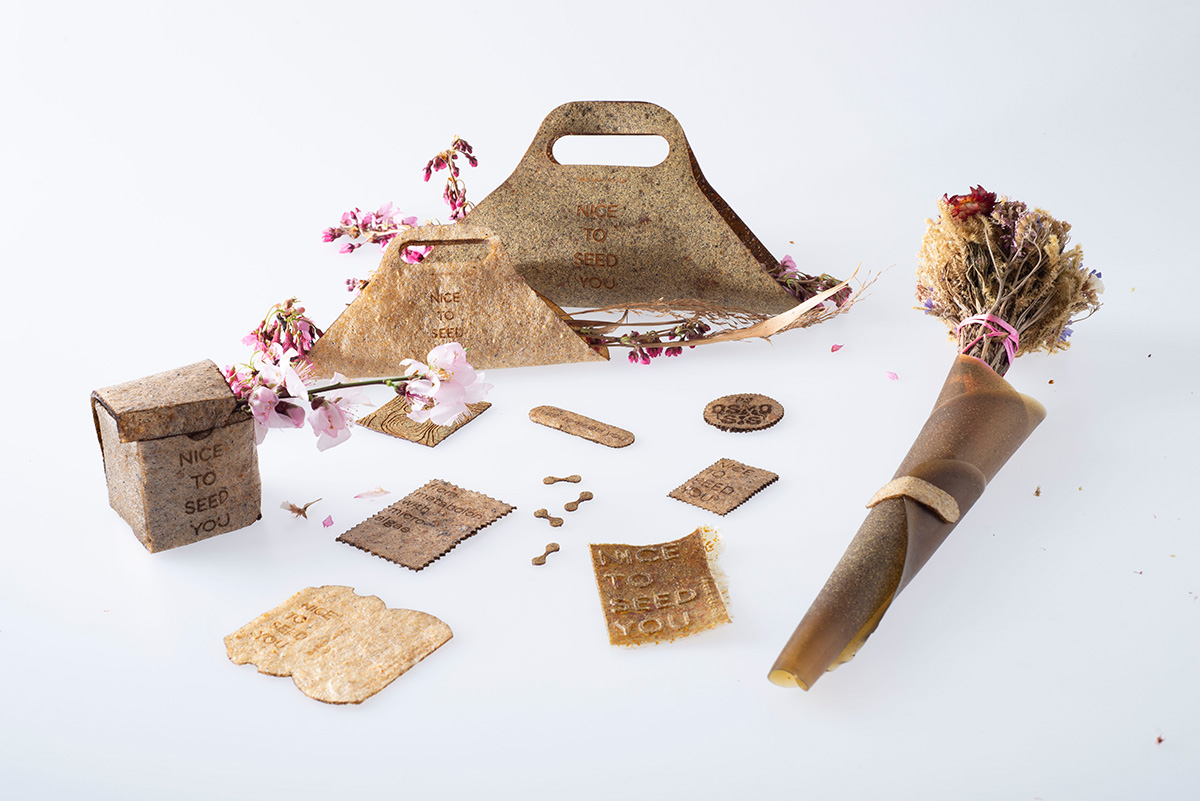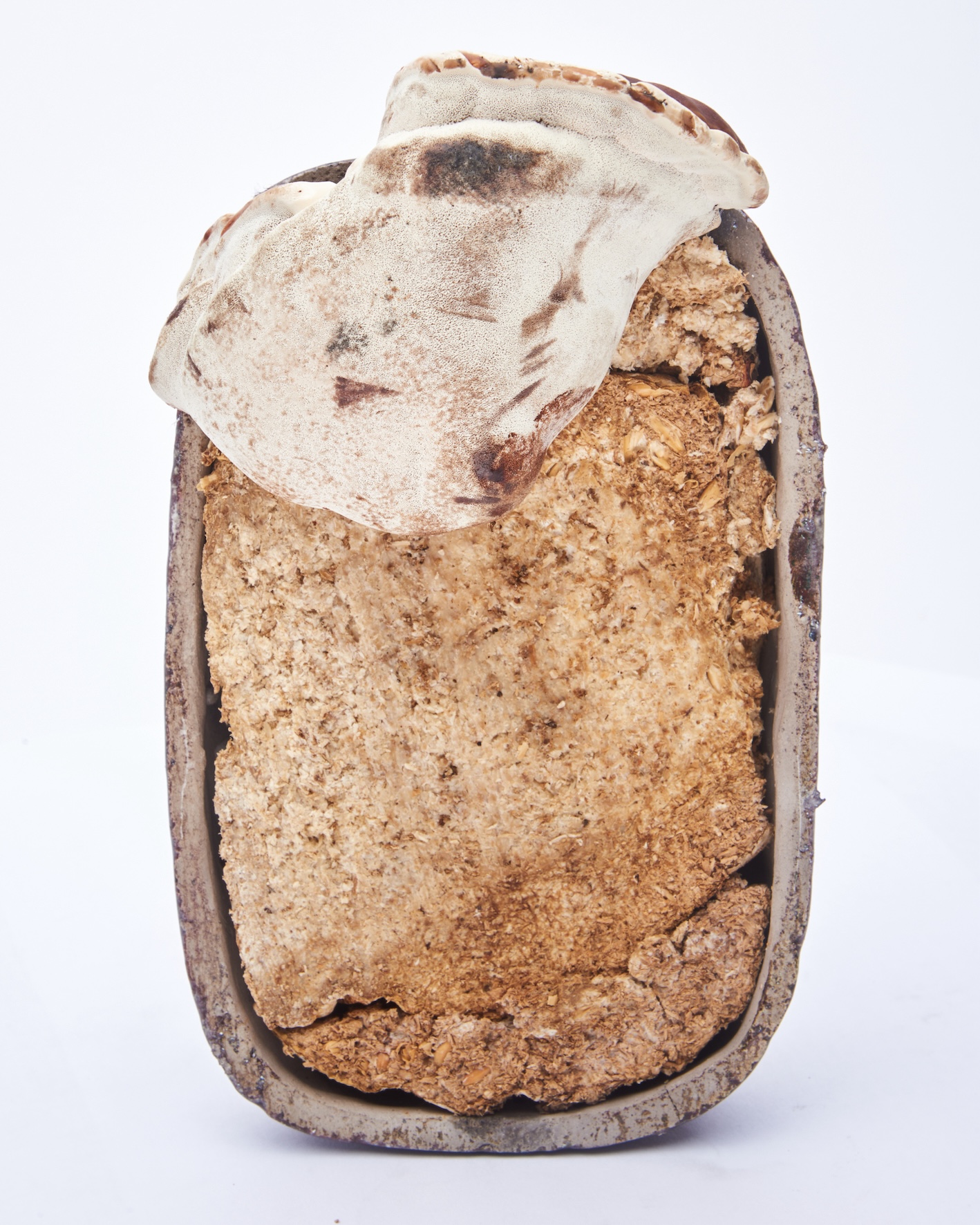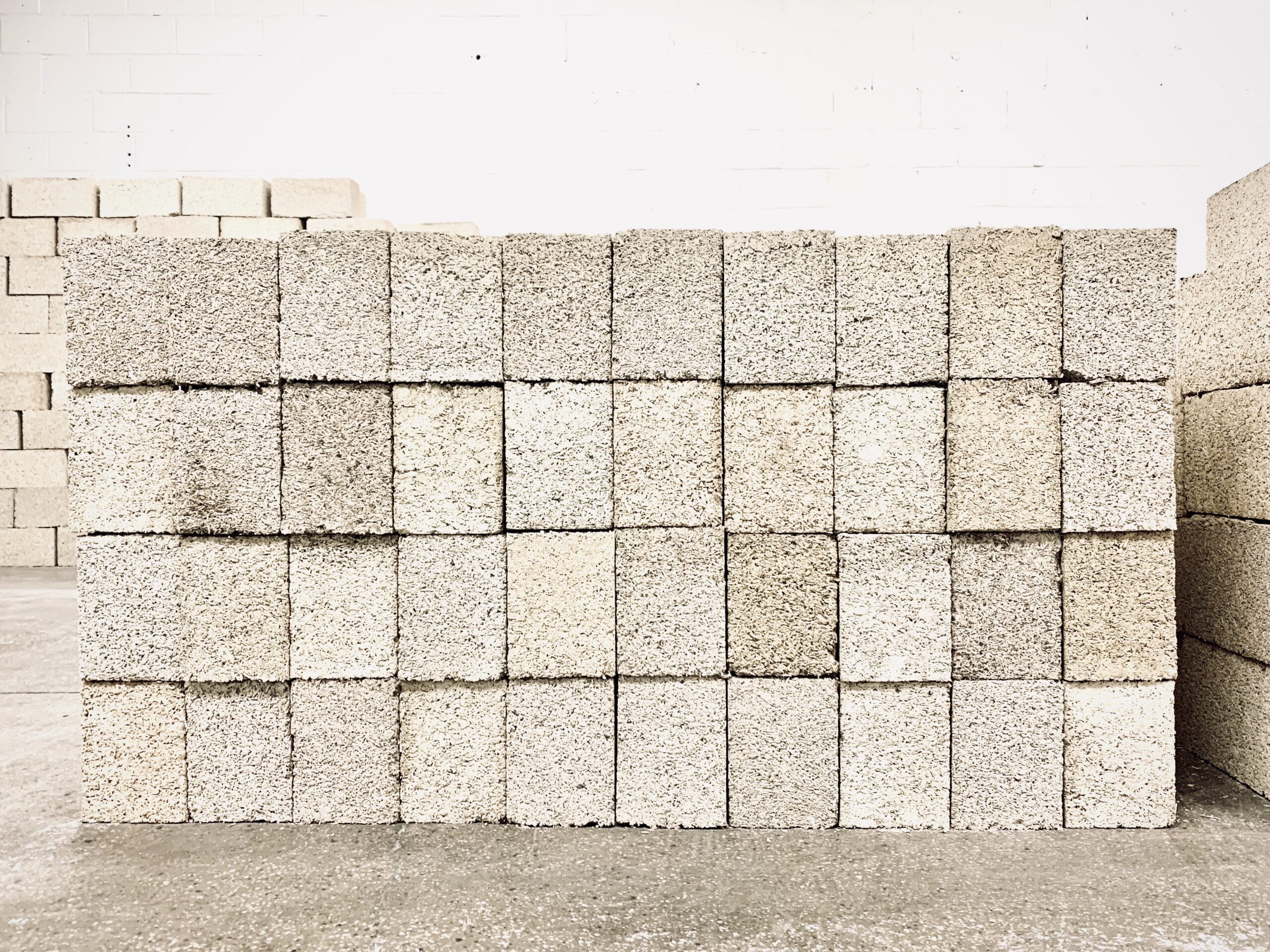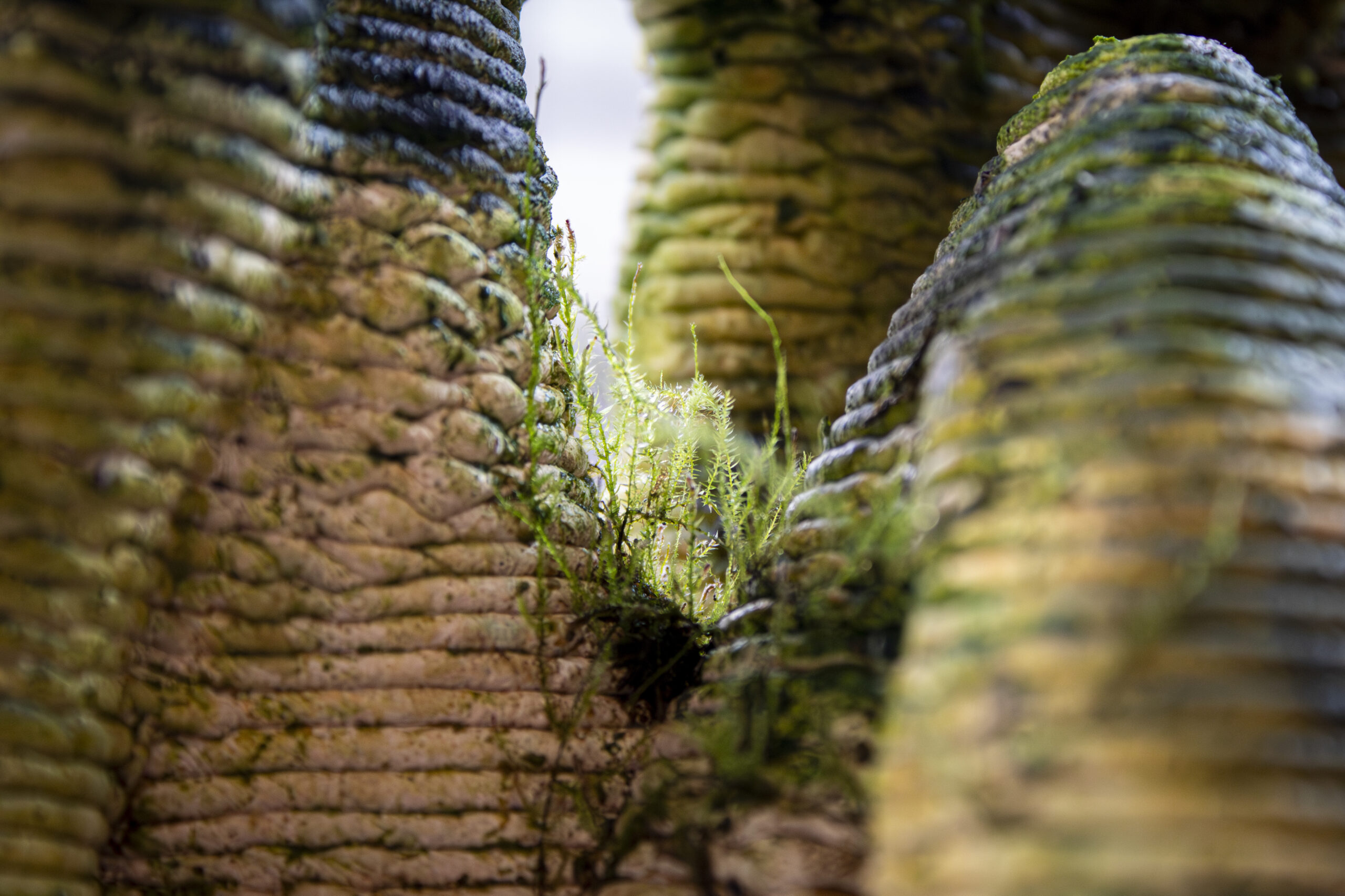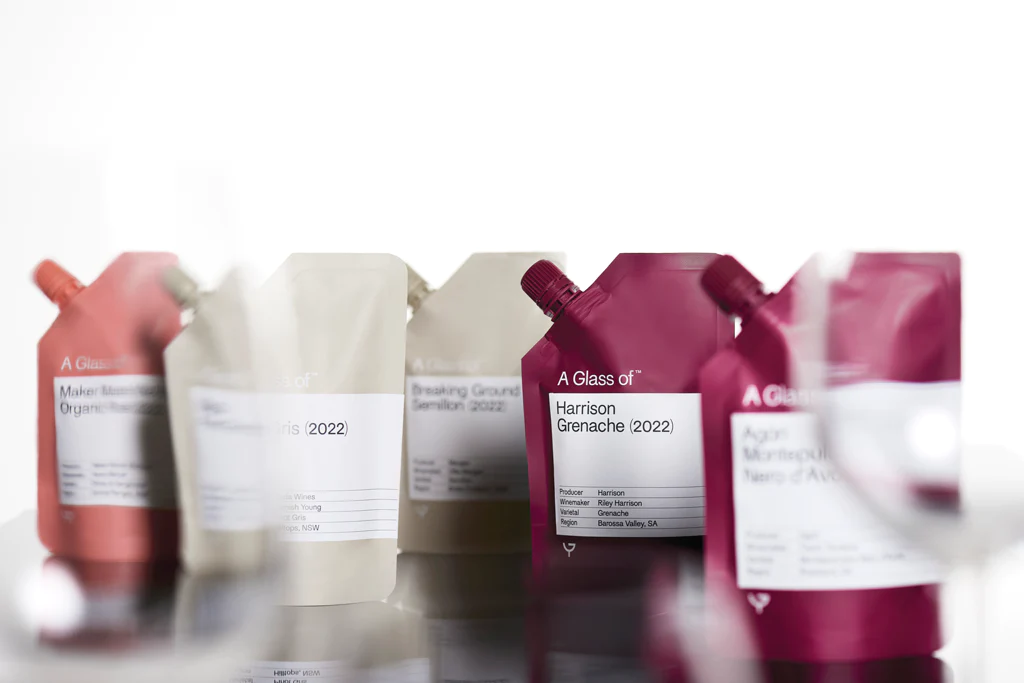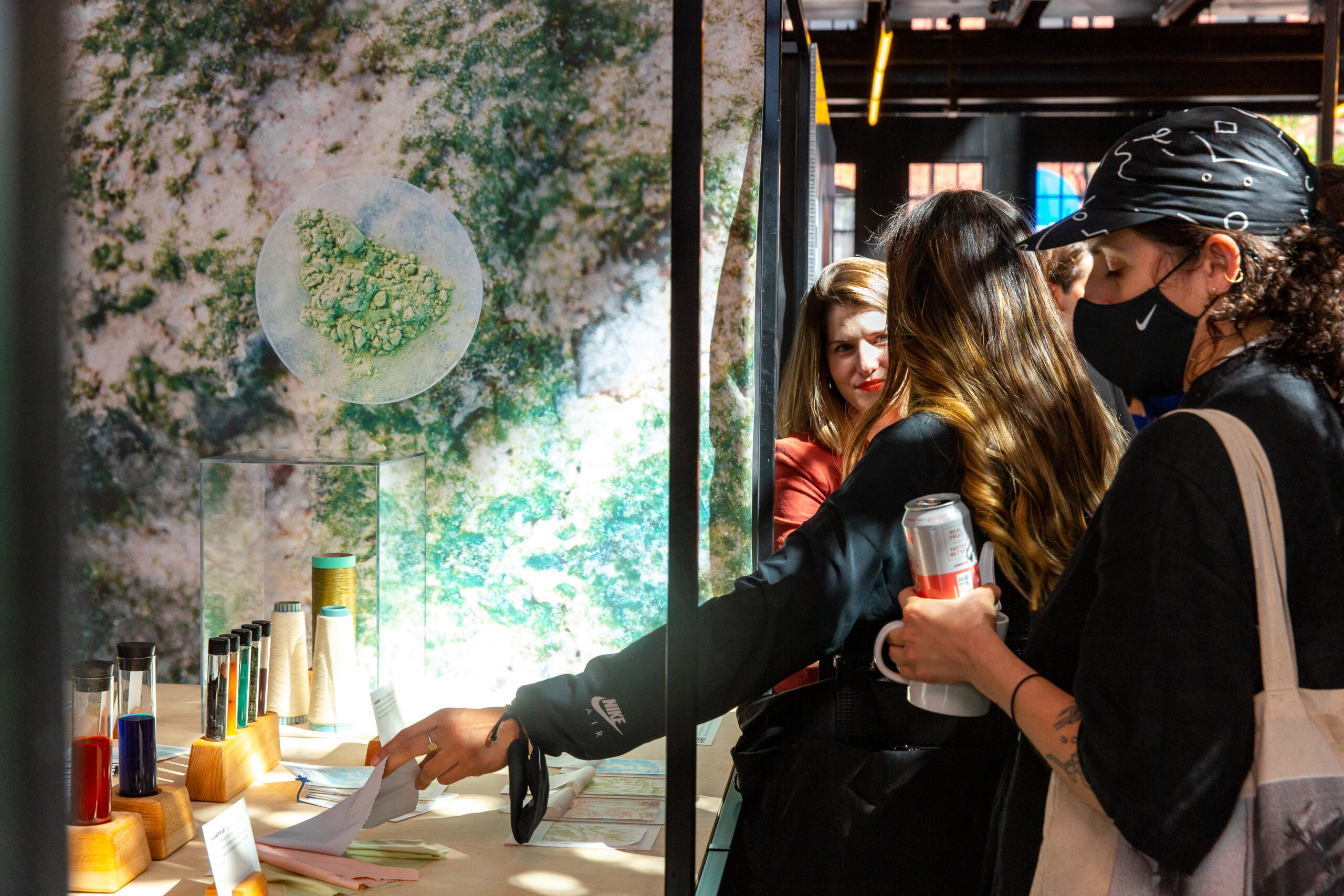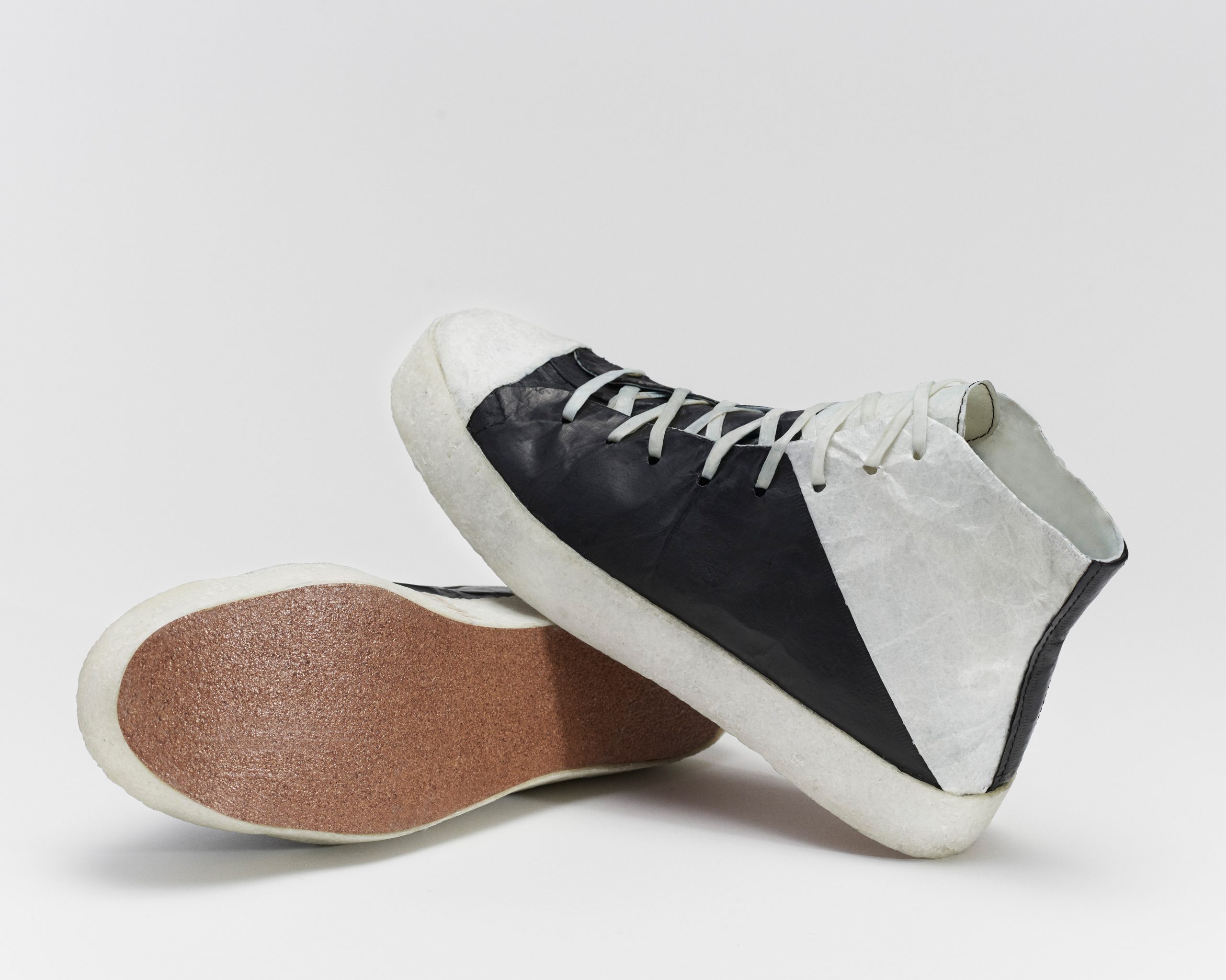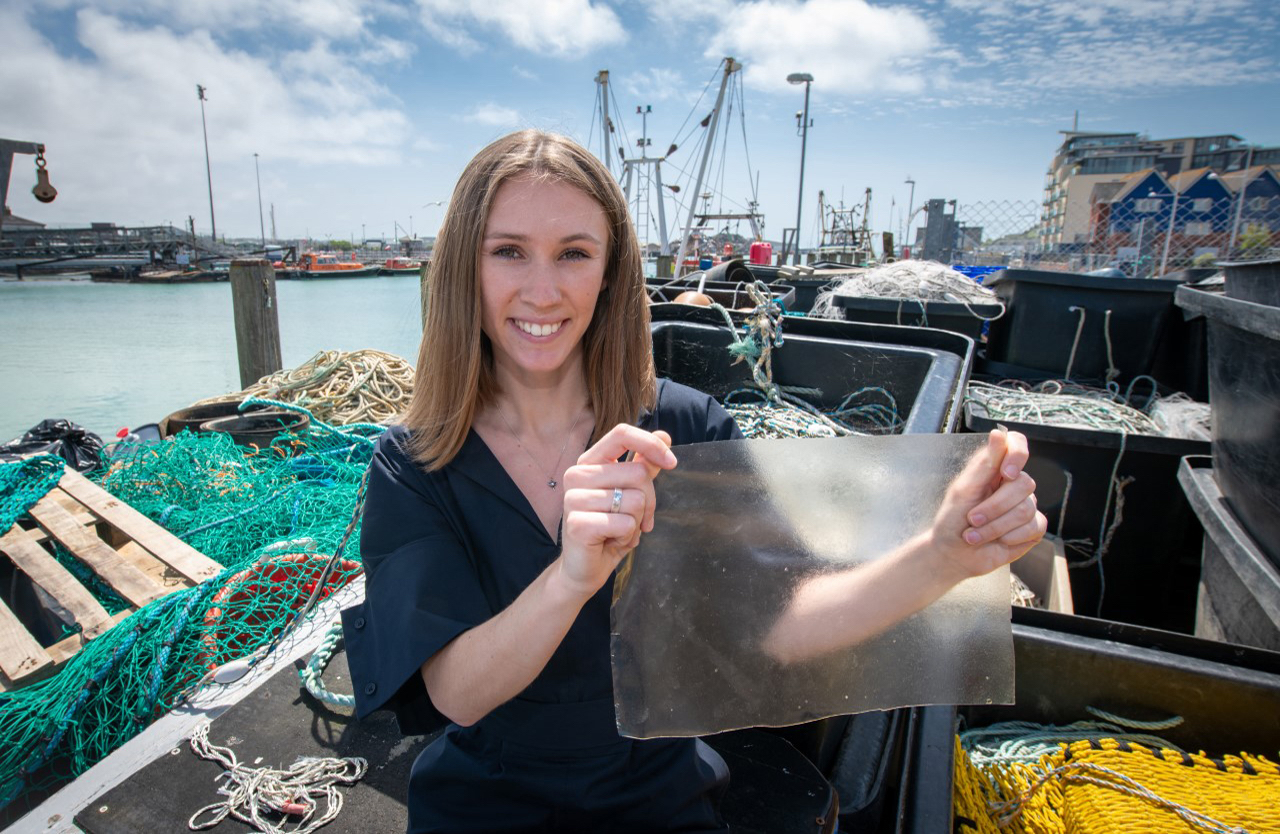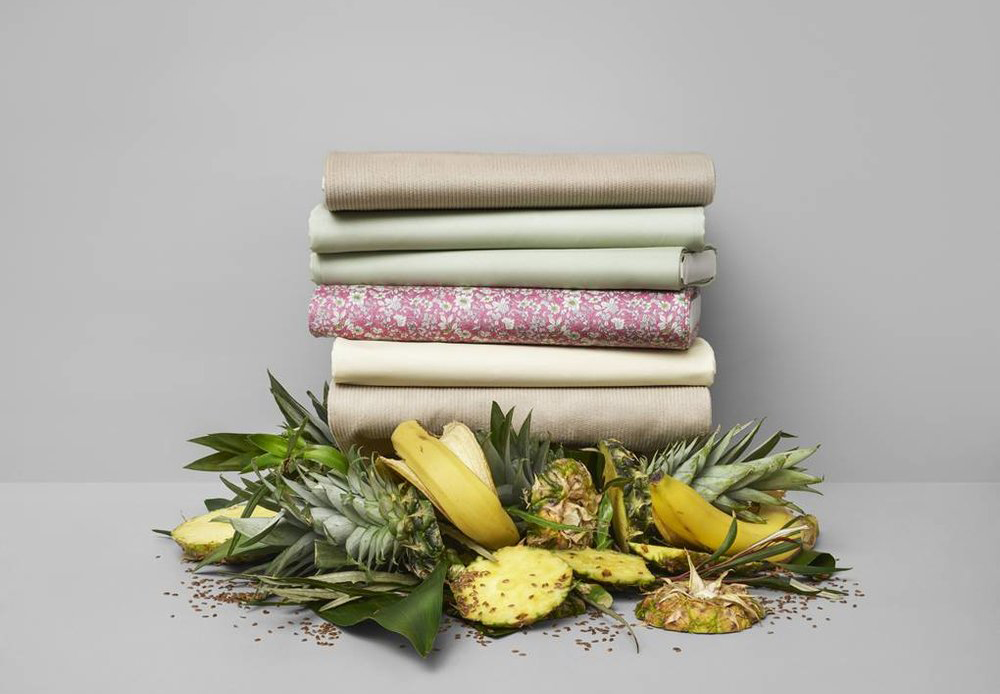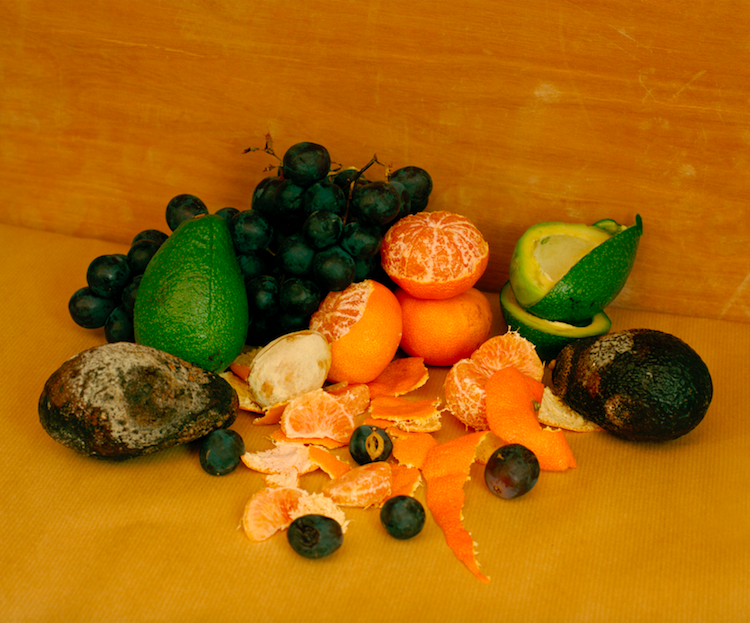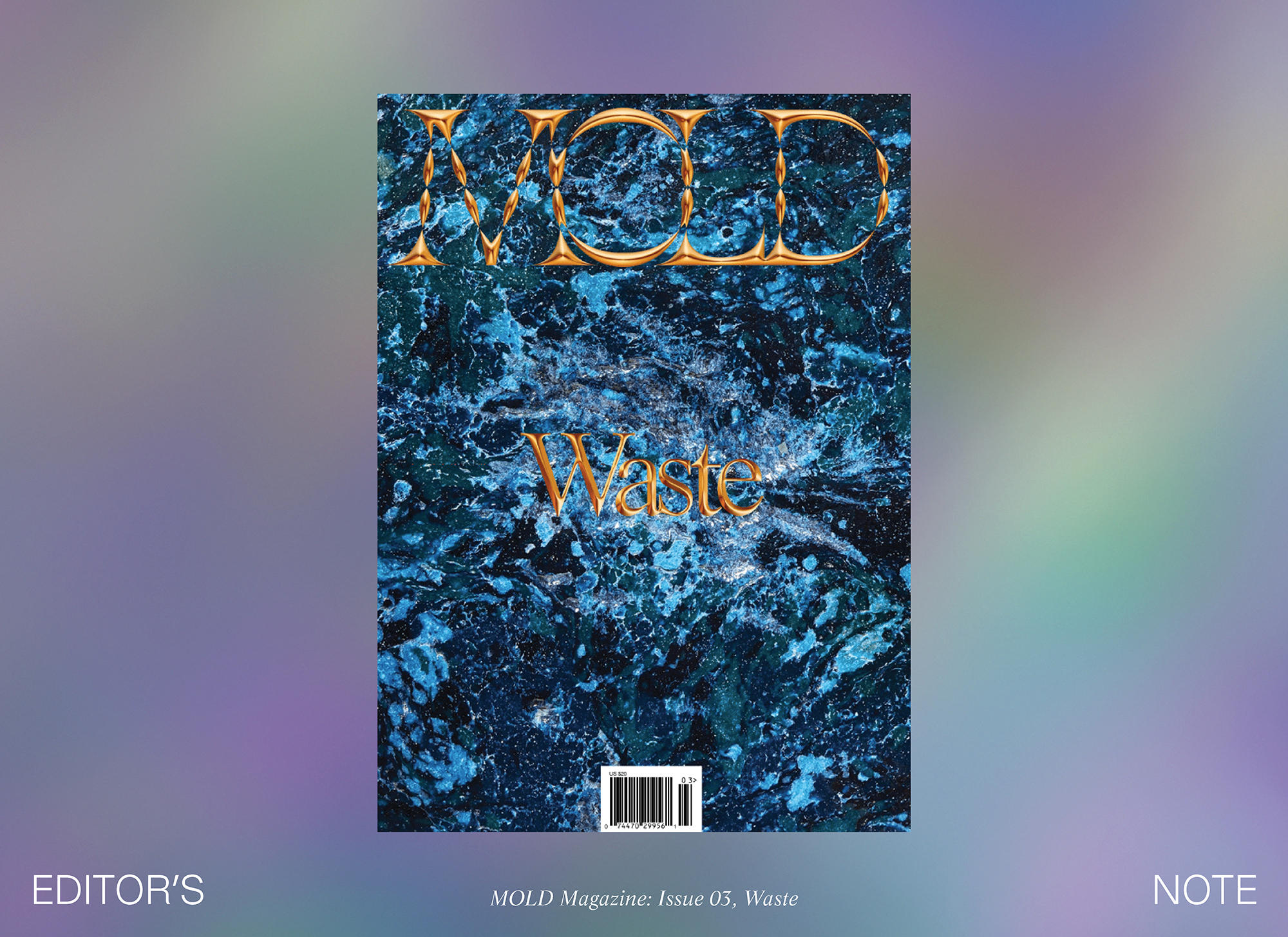This story is part of MOLD Magazine: Issue 03, Waste. Order your limited edition issue here.
The ubiquity of food waste has sparked the interest of designers and industries around the globe who see its potential as a new (and abundant) raw material. One burgeoning area of interest in design is the use of the by-products generated by specific food sectors to engineer new materials. Through his project Blood Related, Dutch designer Basse Stittgen focuses on the billions of liters of animal blood discarded by slaughterhouses every year. Stittgen investigates the potential to engineer a sustainable material from this industrial waste with which he creates a series of poetic objects that explore the different cultural associations towards blood. Similarly, French designer Marlène Huissoud works with the by-product of harvesting honey (propolis) as her raw material and processes it similarly to glass, creating a series of vessels for her collection Of Insects and Men. In a textile-based approach, Italian company Orange Fiber tackles the more than 700,000 tons of citrus waste produced in Italy by producing a silk-like cellulose yarn created from the by-product of orange juice production (‘pastazzo’), which can then be blended with other materials.
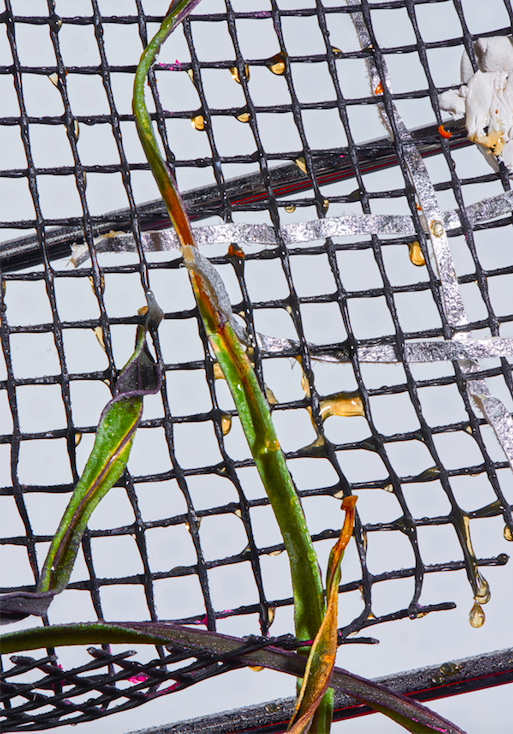
These are but a few examples of how food waste can offer completely new possibilities and challenges to designers and makers of the future. However, there has also been a recent growing interest in using technology to process food waste in order to substitute unsustainable, unethical or scarce materials. Plastic is one of the most contentious materials on our planet and one that we excessively rely on. In marine environments, a single plastic bottle can take up to 450 years to fragment into microscopic pieces, which never disappear. Different laboratories across the globe are already beginning to understand the potential of using local food waste products such as starch, coffee grounds or plant cellulose to create durable and sustainable bioplastics. An example of this is the Italian Institute of Technology in Genova, which recently patented a bioplastic made entirely from unsold artichokes from Genova’s market. It is now used in fabricating the traditional partitioned inner packaging used in fruit and vegetable crates.
In terms of ethics and sustainability, the fashion industry and its production of animal leather is also problematic. More than a billion animals are slaughtered every year simply to produce leather, the cleaning process of which produces around 650 million kilos of CO2. In response to this, companies such as Ananas Anam make use of agricultural by-products to develop alternatives to leather. Their product Piñatex, a leather-like material fabricated from pineapple leaf fibers in the Philippines, has recently been used in fashion prototypes by brands such as Camper and Ally Capellino.

Both Piñatex and Genova’s artichoke bioplastic are alternatives to existing man-made materials, but researchers are also exploring the potential of mining and processing food waste to generate pure raw materials that are generally found on earth. The ceramics lab at the Colorado School of Mines is a pioneer in developing ways of making glass by extracting raw materials such as silica or limestone from food waste including eggshells, banana peels or rice husks. Similarly, UK-based PlasCarb is investigating ways of using anaerobic digestion to convert food waste into biogas, which is then processed through a low-energy plasma reactor that generates graphitic carbon (containing graphene) and hydrogen.

Be it through mining food waste for minerals or making use of food by-products to engineer new materials, the possibilities that food waste offers—in terms of material innovation and exploration—are vast. Moreover, in a highly demanding, fast-paced world, designers and engineers are already being faced with the challenge of scaling up these material alternatives and processes to fit global demands. Not only will it be important to embrace and find opportunities in the current, and future, overload of waste, but, more importantly, it is crucial to begin devising new systems in which there is no food waste at all.
